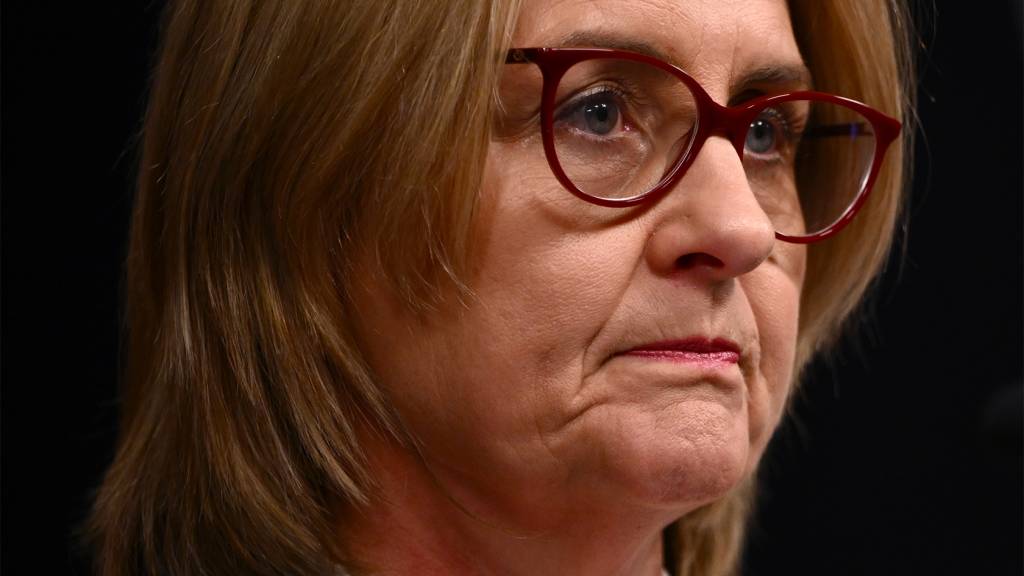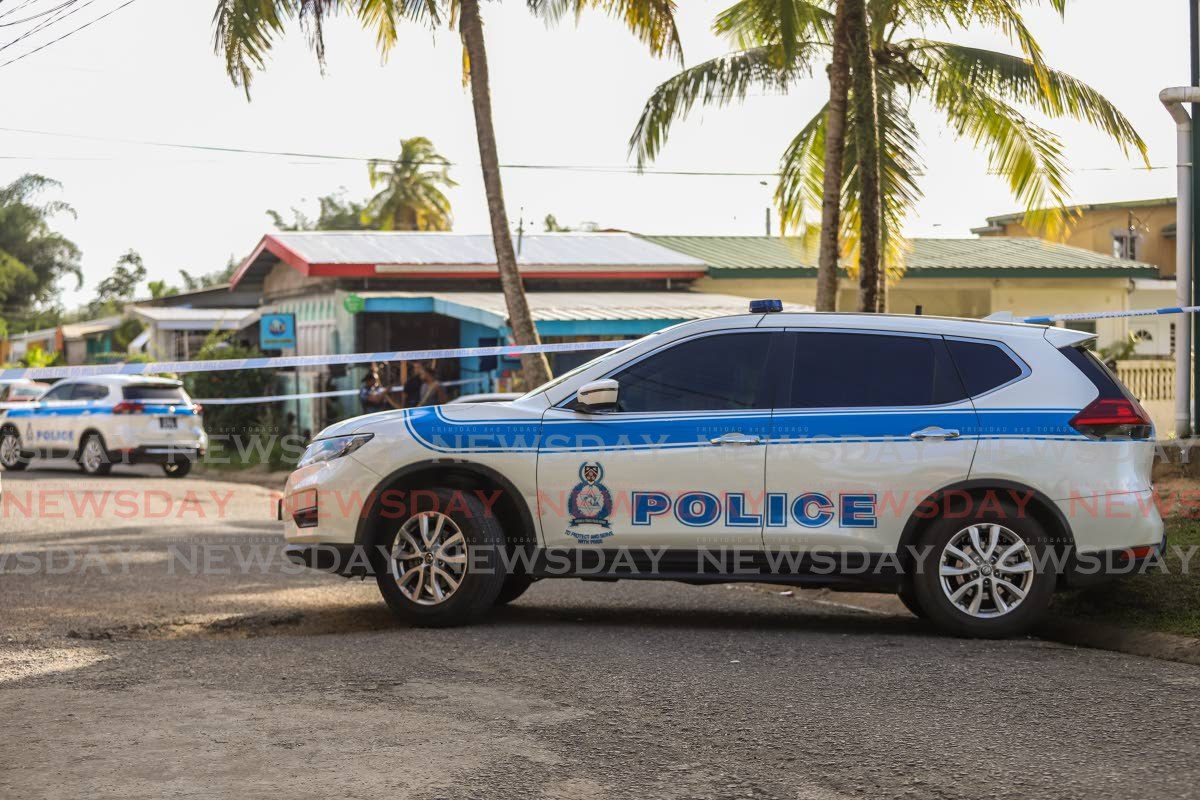By Bernard Keane
Copyright crikey

The constant stories about crime in Victoria, and particularly theft, aren’t a moral panic or a tabloid media confection. Victoria has a serious crime problem — one other states don’t have.
The problem of retail theft, in particular, is so bad in Victoria that businesses are having to make difficult decisions about protecting staff and customers, including whether to shut stores.
It’s obvious in Victorian government crime statistics: for the year ending in March (June quarter figures will be out later this month), recorded offences of theft increased to 3,384 per 100,000 population — a jump of 30% on the equivalent period to March 2024, which itself was 14% up on 2023. The actual number of theft offences in Victoria has never come near 200,000 in one year in its history, but in the year to March, 240,000 thefts were recorded.
This is partly, but only partly, built on a return to pre-pandemic levels: the 2024 figure was more like the level of theft in Victoria in the years before the pandemic, but the March 2025 figure was a step-change again up from pre-pandemic levels, and easily the highest level in current records.
That’s part of a broader pattern on property offences: in Victoria, personal robbery was up 17% on a per 100,000 rate in the year to March and burglary/break-and-enter was up 23.5%. Arson and property damage also increased, but those offences are still below the levels of a decade ago, suggesting federal Labor’s efforts to fuel illegal tobacco wars on our streets still have some way to go.
The story isn’t quite as bad regarding other crime. Assault was up 10% to its highest levels in a decade and sexual offences reached their highest recorded level, but that may represent a greater willingness to report sex crimes in response to police taking complainants more seriously.
Drug offences rose but are still well below the average of most of the past decade. And drug dealing and trafficking, which are detected rather than driven by victim reports, are at their lowest recorded levels in a decade, suggesting Victorian police are sensibly devoting fewer resources to our moronic obsession with drug prohibition.
Remember, these are recorded offences, that is, after police have assessed what is reported to them or what they have detected. But data from victim reports, before they are filtered by police, shows a similar jump in property offences and a smaller rise in violent crime in Victoria.
It’s a very different story in other states. In NSW, violent crime is up over the past two years, but property offences aren’t. The March 2025 NSW data showed a rise in the rate per 100,000 of violent crime since 2023, but property offences remain at or slightly above their pandemic levels — an impressive achievement that represents a step change downward in property crime in NSW.
The rise in the rate of violent crime in NSW also appears to be at least partly driven by increasing reports of both sexual offences — sexual assault was up nearly 10% — and domestic violence offences, where the impact of greater willingness to report makes it hard to assess actual incidence.
The number of murders in NSW is up, driven by the gangland wars that the Minns government appears unable to stop, but stable over the long-term. Personal robbery is now well down on levels of a decade ago. Breaking-and-entering is stable or down. Retail theft is up a little, but in the 12 months to March, it reached a level that represented only 3% growth over the past decade.
In 2024 in Queensland — where the government has an excellent crime data tool — unlawful entry, theft and robbery in the aftermath of the pandemic lifted to higher levels than over the past decade, but rates actually fell from 2023 and levels remain below (and in Brisbane well below) where they were in the early 2000s.
It’s violent crime where Queensland has an unwanted prize: since the pandemic, assault has surged to levels far higher than any recorded since 2000, although homicide is down substantially. Sexual offences, which bottomed out over a decade ago, have now returned to levels last seen in the early 2000s, but drug offences are now at decade-lows.
In South Australia, where the data is served up a little less helpfully, “theft from shop” rose significantly in 2023 (hello inflation), but fell in the year to June. All theft offences were down across the year to June; assaults rose only a little; reported sexual offences are actually down (although the main category, aggravated sexual assault, is up a little), and robbery is down markedly.
In Western Australia, burglary is at its lowest level in years, and stealing is well down on levels of a decade ago. Indeed, all property offences in WA are yet to return to their pre-pandemic levels, and that’s based on the straight number of reported offences, not the rate adjusted for population. Drug offences also remain below pre-pandemic levels. But both domestic violence and non-family assault hit higher levels in 2024, and sexual offences are at historic highs.
Only in Victoria is property crime, and in particular theft, surging at such dramatic levels — and only Victoria is also experiencing an increase in violent crime at the same time as its citizens endure a rise in property crime.
Perhaps there’s no direct link to the continuing revelations of just how deeply entrenched corruption is within the Victorian government’s infrastructure program, but it seems as though, as of mid-2025, Melbourne is Australia’s crime capital.



